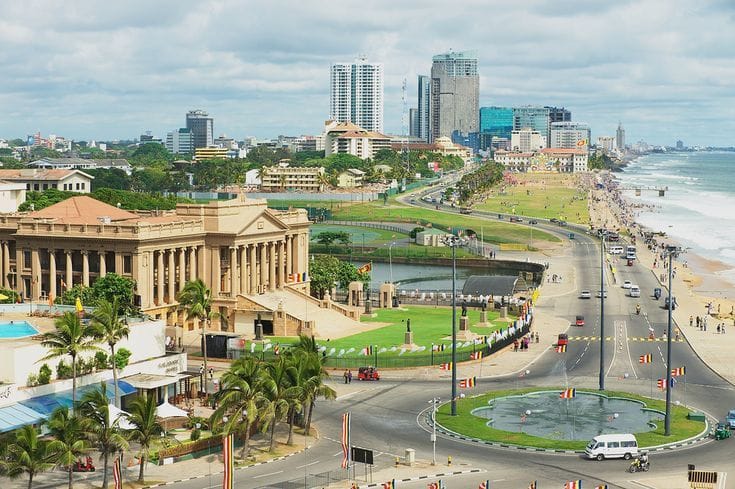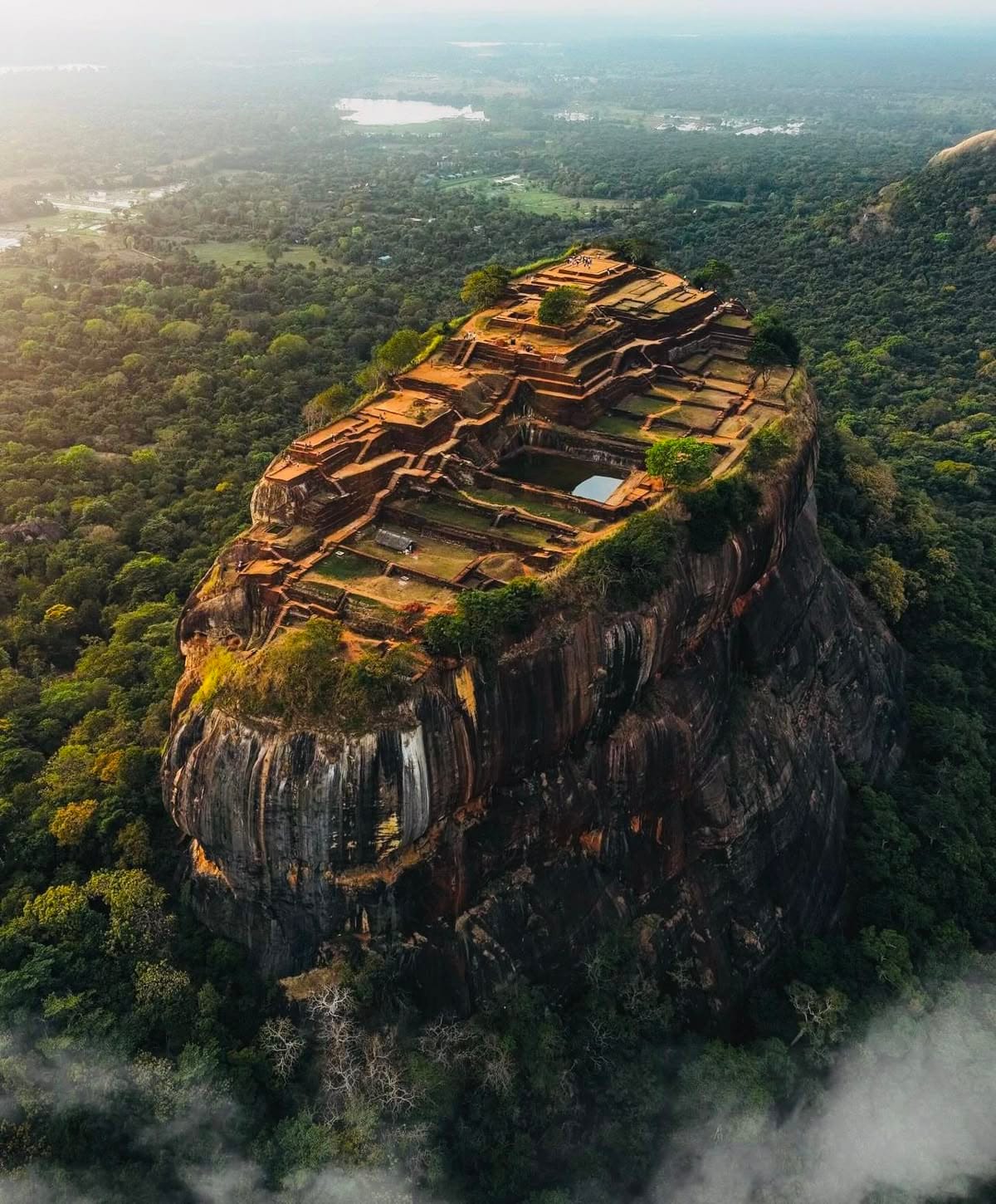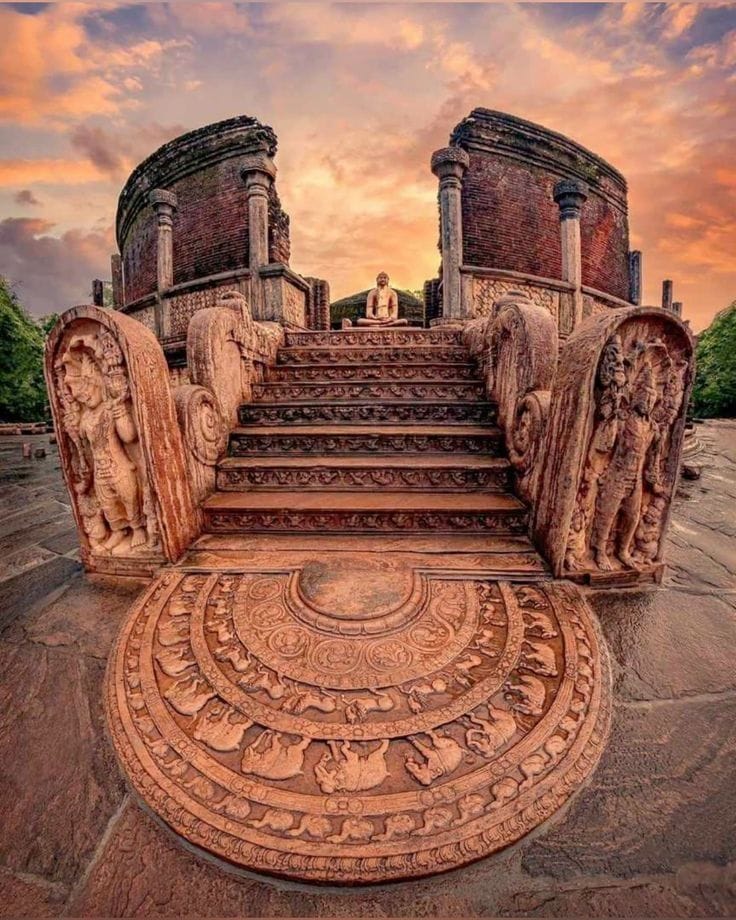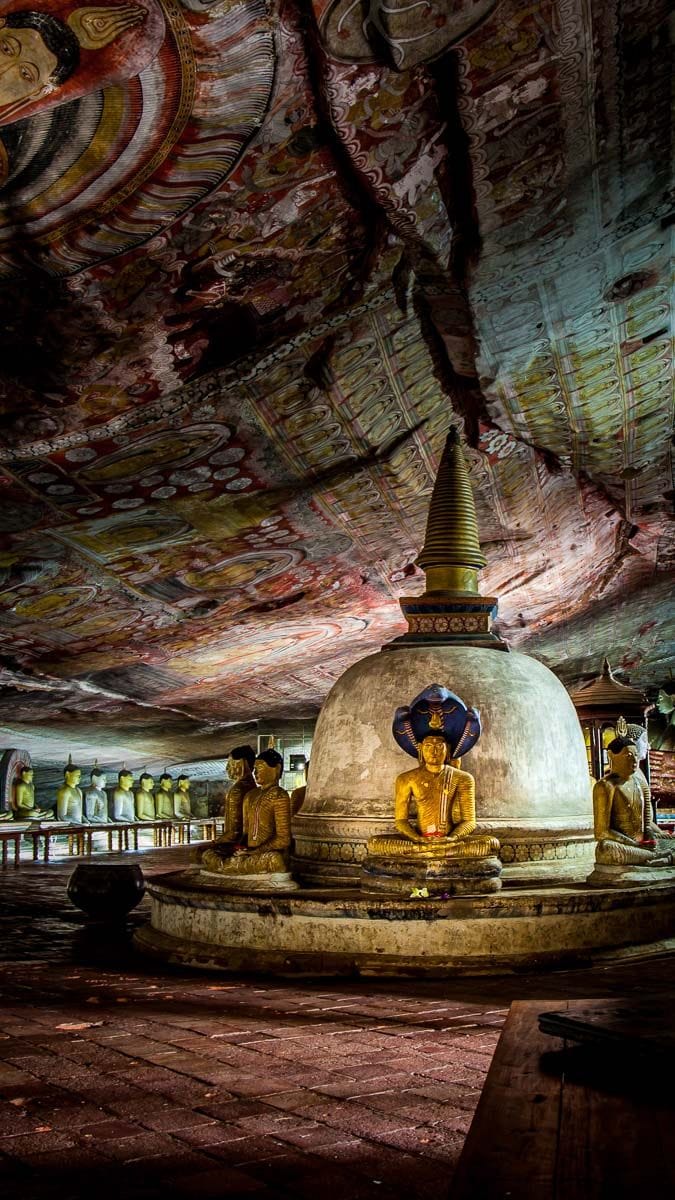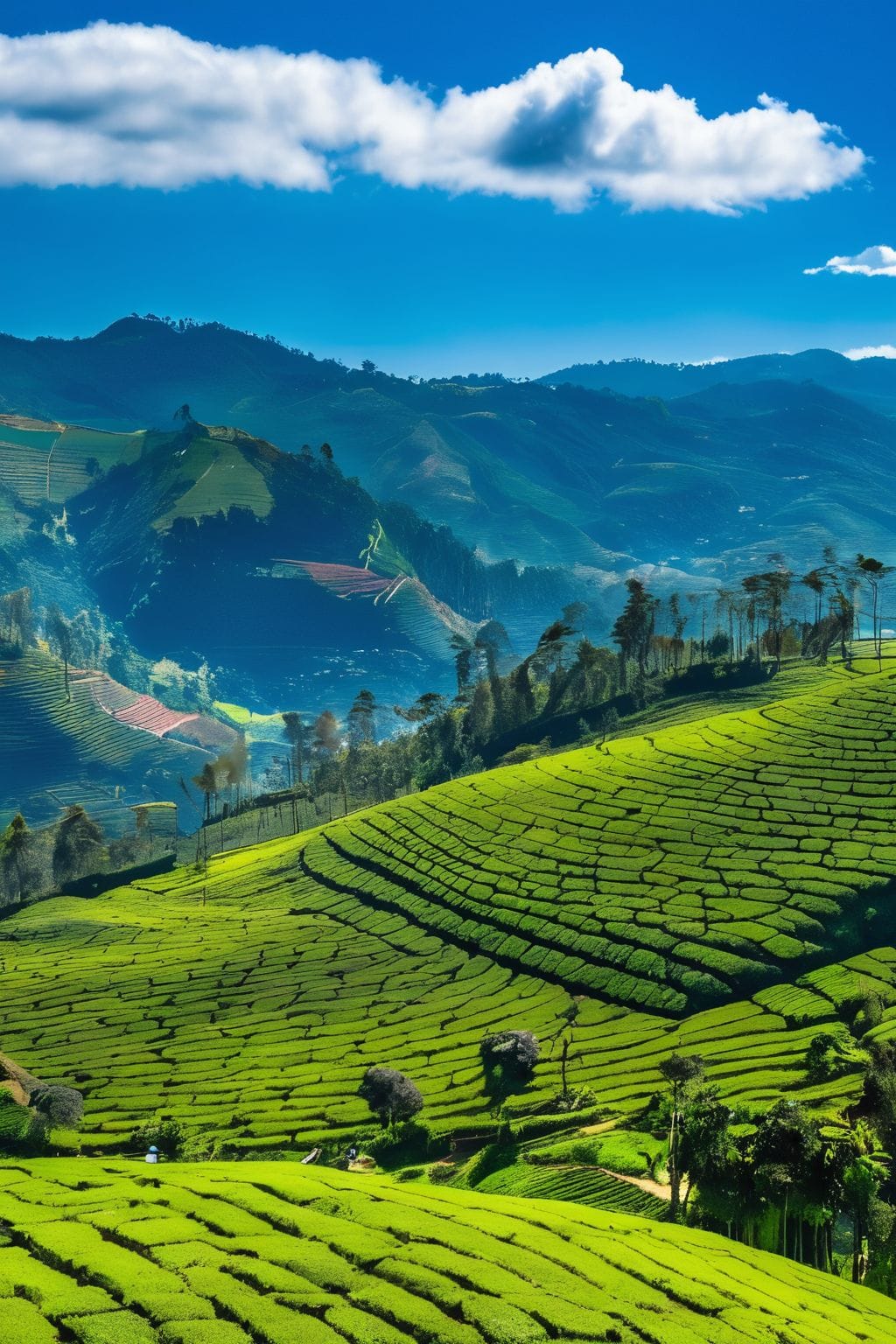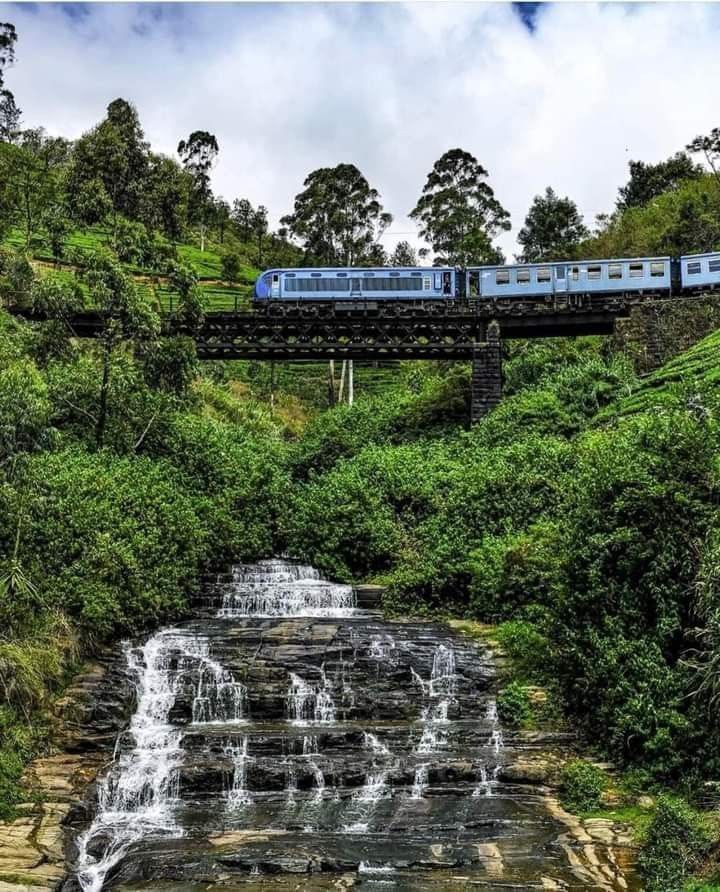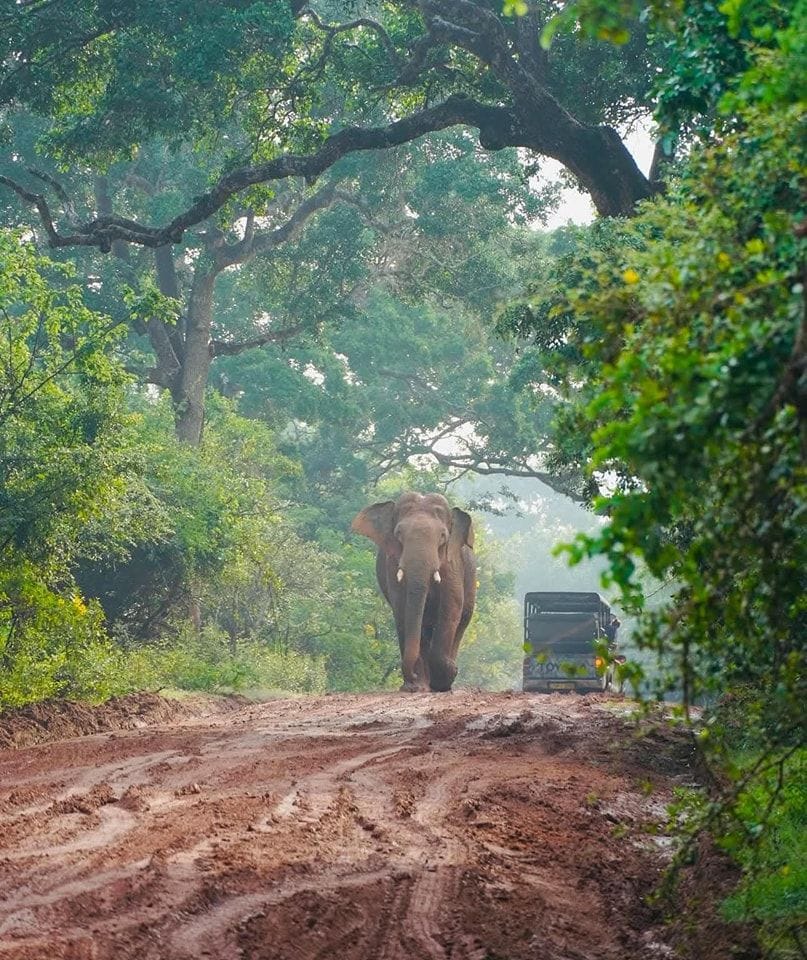“Walk among sacred ruins that shaped a civilization.”
Journey north to <strong data-start="1657" data-end="1673"Anuradhapura, Sri Lanka’s first royal capital (4th century BC) and one of the oldest continuously inhabited cities in the world. This UNESCO World Heritage Site is the spiritual center of the island, famed for its vast dagobas, serene monastic ruins, and the revered <strong data-start="1928" data-end="1951"Sri Maha Bodhi Tree, the oldest historically documented tree in the world, brought from Bodhgaya in the 3rd century BC. Stand before the magnificent <strong data-start="2081" data-end="2104"Ruwanwelisaya Stupa, explore the grandeur of <strong data-start="2130" data-end="2148"Jetavanaramaya, and reflect at <strong data-start="2165" data-end="2180"Thuparamaya, Sri Lanka’s first Buddhist stupa.
<strong data-start="2219" data-end="2233"Why Visit: Anuradhapura is the foundation of Sri Lanka’s Buddhist heritage, where kings and monks once nurtured a culture of devotion and architectural brilliance.


